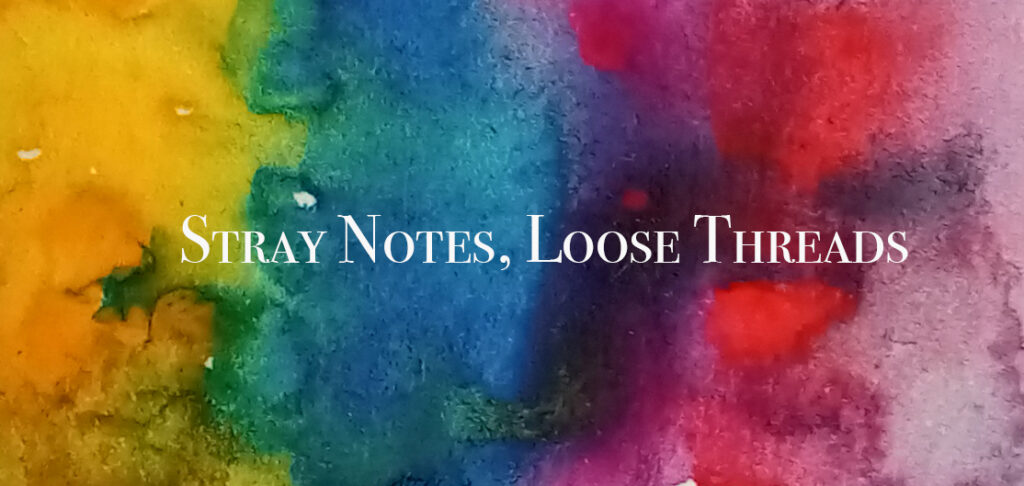
In the early years of the twentieth century New Zealand was marketed as a tourist destination as “Maoriland”.
Maoriland… the term suggested travel and the romance of distance. It was used on postcards, and posters, and books. All proffered a view of the country as a place where the people and their traditions and culture were very different; far removed from “the usual”. In effect, Maoriland exoticised New Zealand and made its Māori population with its cultural and artistic richness into something to be viewed rather than engaged with on equal terms. Nowadays we are all much more aware of cultural appropriation and the importance of respect but a century ago this was not as much of a consideration.
Not all is bad however. The name has been reclaimed; repurposed, for example, as the Māoriland Charitable Trust, which runs an international indigenous film festival. (Note the macron above the first “a” in the name. That spelling did not exist a hundred years ago in printed matter of this kind and its use supports the increased awareness of te reo Māori/ the Māori language today.)
This postcard was recently acquired for the Greymouth studio. It was sent in 1909 to Miss Ivy Atkinson, Swannanoa, North Canterbury, small township outside Christchurch by her “Aunty” and the fountain-penned message on the back is all about family and friends’ babies and their developing health and teeth! It is the images on the front though that are most fascinating.
Thomas Pringle, the photographer who took these images, is the subject of this article that is part of a blog series about early New Zealand photographers. At the bottom of the article are some of the images that he took while travelling across the country and two of those pictures are those that have been composited into this postcard. Romantic, they certainly are. Maybe even more than just romantic; perhaps “exotic glamour” is not too far a stretch of the imagination. To modern eyes they look dated and posed to offer a European view of “an Arawa Beauty”, but that is with more than a century of learning and understanding, with its attendant biases and assumptions. According to the texts from contemporaneous newspapers and journals that accompany this article, the photographer was received by Māori communities respectfully and with great hospitality, and his efforts to market New Zealand made the most of what he must have seen as one of its greatest assets, ripe for commercial exploitation: tangata whenua/ its citizens.
The images are useful not only in offering insight into historic attitudes but also because they preserve cultural artefacts. In the photographs are carvings, tukutuku panels and costume. The hand-colouring might not be true to the reality, or it might be entirely accurate, however what cannot be denied is the craftsmanship of the articles, even if they are posed in what we might consider culturally insensitive ways.
This postcard is so much more than just a marketing tool. It reveals complex histories of image making and marketing, colonial attitudes and how women were perceived, and present a view of culture as an exotic experience. That is a lot for a five dollar purchase in an antique shop…
See more:
Google image search (terms: Maoriland postcard early woman)
Read more:
https://teara.govt.nz/en/ephemera/1599/postcards-from-maoriland

Leave a Reply